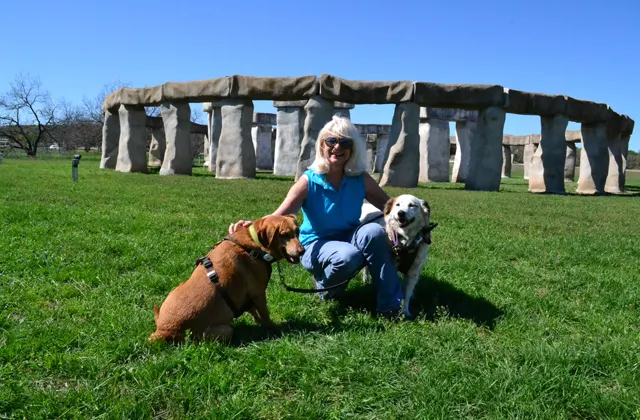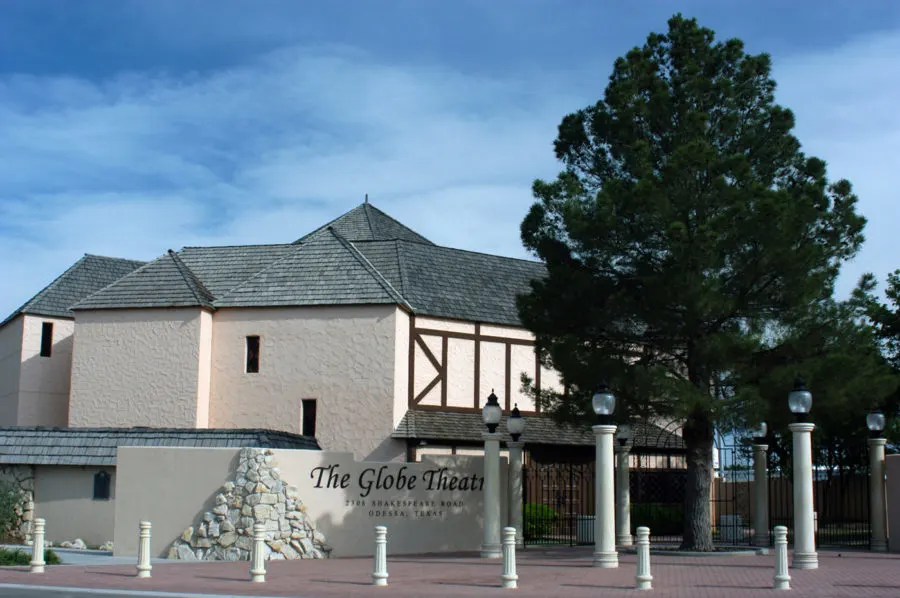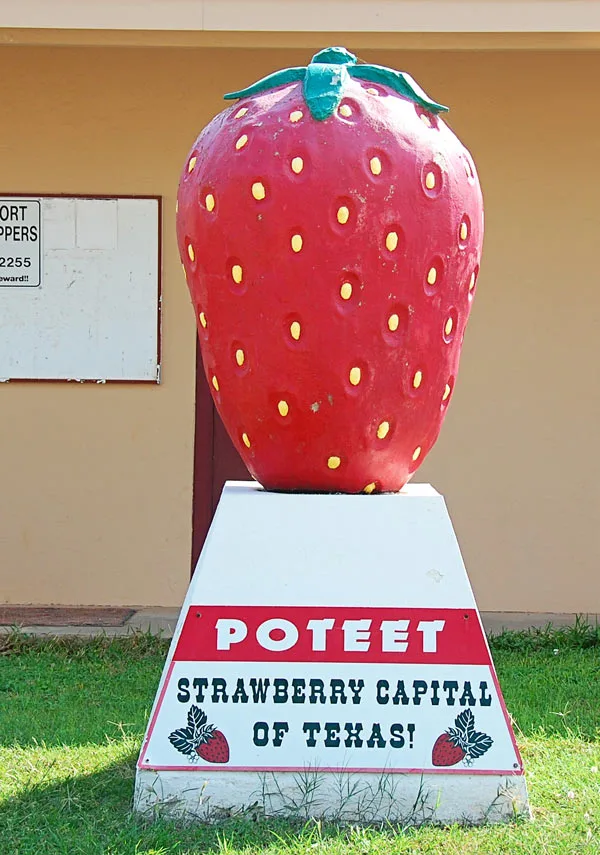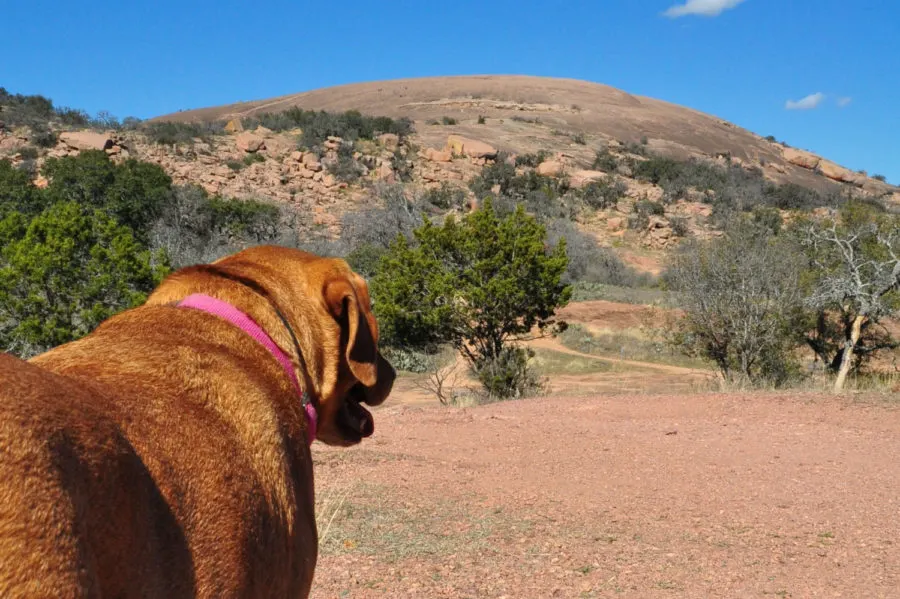As Austin area residents, we’re plenty familiar with the “Keep Austin Weird” slogan that’s often applied to the Capital City. From attitude to attractions, Austin is considered by many to be downright weird (but in a good way).
But the uniqueness found in Austin is that, well, unique in Texas–you’ll find weird and wacky things all over the Lone Star State.
If you’ve got a case of “been there, done that” and have already done the state’s big attractions, think of what you might have missed on the journey.
Have you examined the world’s largest pecan? Stood within the eternal Stonehenge circle? Hiked a stone mountain that some say is haunted?
From the deserts of West Texas to the piney woods of the eastern reaches of the state, you’ll find plenty of unique and unusual attractions in Texas including some that are just downright quirky.
Table of Contents
Imitation or Innovation? Famous attractions duplicated in Texas

Stonehenge II and Easter Island
For all the Texas pride in the Lone Star State, Jolly Old England seems to be the theme for many attractions. West of Kerrville near the small town of Hunt, Stonehenge II, a replica of England’s famous monoliths, stands on private land. The attraction, located in the middle of a pasture, draws visitors who come to stand within the stone circle.

The site has also grown to include two moai, replicas of the famous heads of Easter Island.
Globe of the Great Southwest

In Odessa, the works of the bard are featured at the 400-seat The Globe of the Great Southwest, a replica of England’s Globe Theatre, located at Odessa College. To top off the experience, travelers can also visit a replica of the Anne Hathaway Cottage at the site.
And, while you’re in Odessa, don’t miss another unique site: the Odessa meteor crater. Formed over 20,000 years ago, this crater—which ranks as the nation’s second largest-—can be viewed by travelers visiting the Odessa Meteor Crater Museum west of town.
Eiffel Tower
The European theme continues in the North Texas town of Paris, home of, you guessed it, a replica of the Eiffel Tower.
Standing 65 feet tall, the tower may not be as tall as it French cousin but it has one distinction that’s truly Texan: it’s crowned with a red cowboy hat.
Big, Bigger, Biggest
In a state where bigger is better, you sometimes have to be really big to get attention. Across the Lone State State, travelers find more than the usual share of gargantuan statues, perfect backdrops for a family vacation photo.

What was once the world’s largest fire hydrant stands in Beaumont at the Fire Museum of Texas. (It held the record when erected in 1999 but within two years larger hydrants were erected in Canada and South Carolina. Who knew there was such a demand for jumbo fire hydrants?)
This one might no longer be the record holder, but it certainly has a unique history; this 24-foot-tall working hydrant was placed here by Walt Disney Studios to celebrate the re-release of 101 Dalmatians. In true Dalmation style, the hydrant is, of course, white with black spots.

The hydrant is not the only “largest” item that’s lost its place in the record books. Look for what was originally the world’s largest pecan, a concrete statue on the downtown square, in Sequin, southeast of Austin.

The world’s largest watermelon (a painted watertower) stands above the nearby city of Luling.

South of San Antonio, Poteet claims the world’s largest strawberry.
And, since fishing is tops in Port Isabel, the world’s longest fly fishing rod proudly spans over 71 feet in this coastal community in far south Texas.
Of course, critters also play a big part in Texas lore so grab the camera for a look at the world’s biggest rattlesnake, a statue that stands at the Freer Chamber of Commerce, about 110 miles south of San Antonio and home of the Official Rattlesnake Roundup of Texas held every May.
In South Texas, Hidalgo is a real example of taking lemons and making lemonade; after it was proclaimed the place where killer bees first entered the country in 1990, the city erected the world’s largest killer bee statue.
Far more cute and cuddly, the world’s largest jackrabbit hails from Odessa and what was long called the world’s largest roadrunner, Paisano Pete, stands in mid stride in Fort Stockton.
History and Mystery
In West Texas, the town of Marfa is home of Texas’s most unusual phenomena. Here, nine miles east of town, folks gather to view the mysterious Marfa lights, whose cause has never been explained. A historic marker identifies the spot where the lights over the Chinati Mountains have been seen for centuries. Pioneers reported the lights back in the 1880s but, years earlier, Apaches had told tales of these glowing orbs.
Today, visitors can go to a special viewing area outside of town; it fills with cars nightly as curious onlookers come in hopes of a glimpse of the lights which resemble car headlights but over an area with no roads. Search the horizon for the mysterious lights, which are seen year-round (but not every night).

In the Hill Country near Fredericksburg, Enchanted Rock State Natural Area is one of the state’s most distinctive natural attractions. The country’s second largest stone formation after Georgia’s Stone Mountain, Enchanted Rock looms over Texas, a massive bald mountain of pink granite. Everything about the rock, from its name to its legends, is enchanted. Rumors about the rock have been plentiful: it glows in the dark, human sacrifices were held on its smooth granite surface, it moans at night, it hides veins of gold and diamonds, and it is haunted.
A Native American legend told of a young Indian woman who was brought to the apex of the stone by her father, an ambitious chieftain. Eager to win the favor of his gods, he sacrificed his daughter. Too late he learned that the offering was condemned. As punishment, the gods commanded his unhappy spirit to wander forever the surface of Enchanted Rock.
Some say spirits—specifically the spirit of poet Elizabeth Barrett Browning—wanders at the Armstrong-Browning Museum on the campus of Waco’s Baylor University. This library houses the world’s largest collection of Robert and Elizabeth Browning memorabilia, gathered from around the globe and placed in this specially constructed library. Although the famous authors never set foot in the facility, which is open to the public, some believe Elizabeth’s ghost likes to occasionally visit the building which holds so many of her special belongings.
No one would be surprised if less content ghosts just might haunt the halls of the Texas Prison Museum in Huntsville. This unique facility is the home of “Old Sparky,” the famous electrical chair that ended the sentence of 361 prisoners. Other exhibits showcase prisoner artwork, contraband that’s been recovered in the walls of the maximum security prison, and a new exhibit telling the stories of both prisoners and employees of the prison system.
Unique Art, Texas Style
Sure Texas has plenty of traditional art museums including some that have received worldwide acclaim—but you won’t find anything else in the state (or elsewhere) that quite compares with Houston’s The Orange Show. This monument to a dream was built by Houston postal worker Jefferson Davis McKissack; working alone, he created a 3,000-square-foot monument to his favorite fruit, the orange. The site includes everything from a wishing well to a museum and is made with found items that range from tractor seats to mannequins. After McKissack’s death, a non-profit group was created and has run it ever since as one of the country’s top examples of folk art and architecture.
The foundation also funds the Art Car Weekend, which has grown to draw 250 fabulously decorated art cars and over 200,000 spectators every May.

Folk art takes a completely different turn up in the Panhandle at the famous Cadillac Ranch. Here an Amarillo businessman buried 10 new Cadillacs nose down in the middle of a large pasture in the 1960s, a gift to his wife.
The elements, grazing cattle, and graffiti artists have all had their way with the vehicles through the years, and it’s up to you to decide if the ranch is art or an eyesore.
